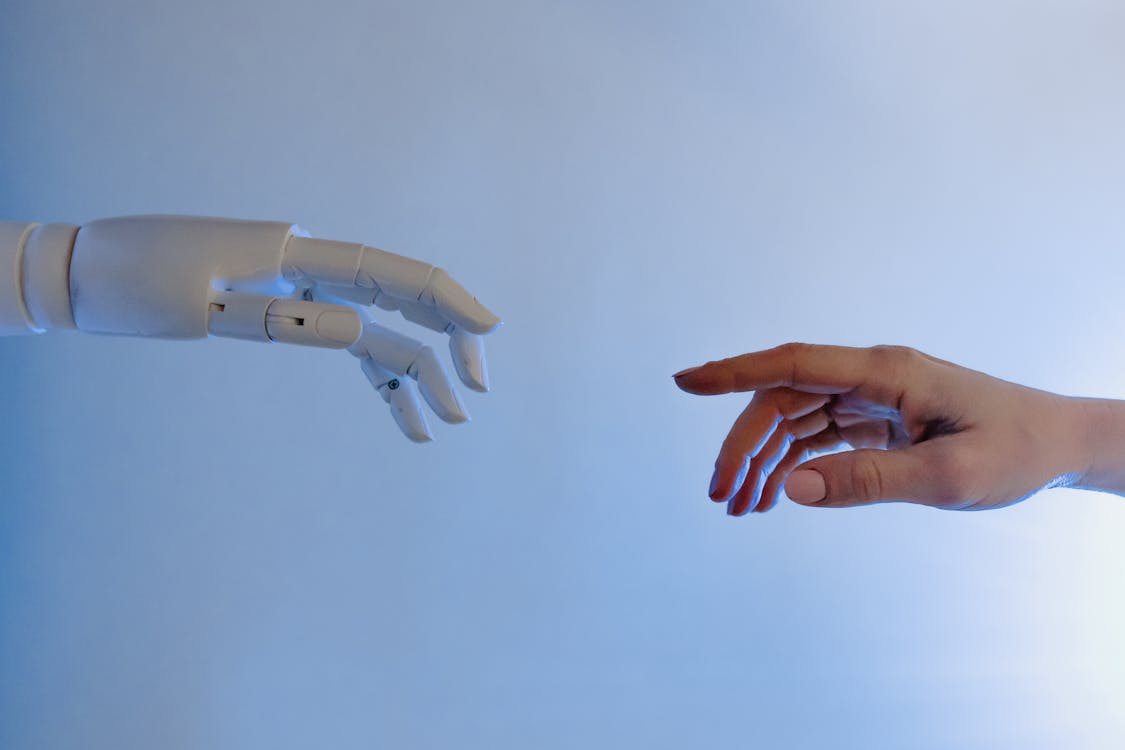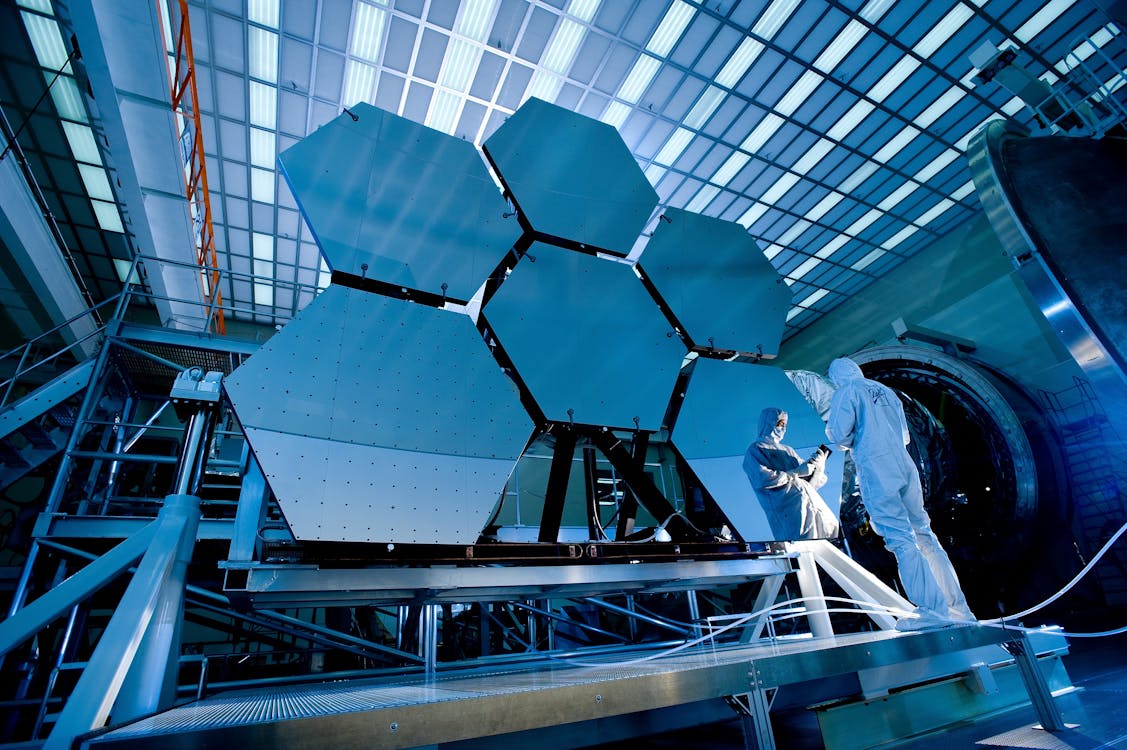The Future of Laboratory Equipment 2025 – Smart, Accurate & Affordable Solutions
Published on: October 11, 2025 | By: New Lab System
The landscape of scientific research is evolving at an unprecedented pace, and the laboratory equipment at its heart is undergoing a profound transformation. As we look to 2025, the defining trends are clear: instrumentation is becoming smarter, more interconnected, and surprisingly more accessible. The days of siloed, manually-operated machines are numbered. The future is an integrated ecosystem where AI-driven insights, pinpoint accuracy, and cost-effectiveness converge to accelerate discovery. This guide explores the key shifts defining the next generation of lab technology.

1. The Rise of the Smart, Connected Lab (IoT)
The Internet of Things (IoT) is no longer a buzzword; it's the new operational standard. In 2025, instruments from incubators to sequencers are being built with network connectivity as a core feature. This allows for a fully integrated lab where devices communicate with each other and can be monitored and controlled from anywhere. Imagine receiving a notification on your phone when a PCR run is complete or when a freezer's temperature deviates, allowing you to prevent sample loss before it happens.

Key IoT benefits:
- Remote Monitoring: Keep track of experiments and equipment status 24/7 from any device.
- Predictive Maintenance: Instruments can self-diagnose and alert staff to potential issues before a breakdown occurs.
- Seamless Data Flow: Results are automatically logged to a central LIMS or cloud platform, eliminating manual transcription errors.
2. Democratizing Accuracy: High-End Tech Becomes Affordable
Historically, cutting-edge analytical power was confined to well-funded core facilities. That paradigm is shifting. In 2025, manufacturers are successfully engineering more compact, user-friendly, and affordable versions of once-exclusive technologies. Benchtop mass spectrometers, automated cell counters, and even NGS library prep stations are now within reach for smaller labs, startups, and academic institutions, leveling the playing field and fostering innovation everywhere.

Impact of accessibility:
- Empowering Smaller Labs: Allows for in-house analysis, reducing reliance on expensive outsourcing.
- Faster Turnaround Times: Immediate access to powerful tools accelerates the research cycle.
- Driving Innovation: More scientists have access to the instruments needed to test novel hypotheses.
3. AI & Machine Learning: From Automation to Augmentation
Artificial intelligence is evolving from a tool for simple automation into a true research partner. Beyond just performing repetitive tasks, AI algorithms in 2025 are augmenting the scientist's capabilities. They can analyze complex datasets from imaging or sequencing runs to identify patterns invisible to the human eye, suggest optimal parameters for an experiment, and even flag anomalous results in real-time. This allows researchers to focus on interpretation and creativity rather than data crunching.

How AI is augmenting research:
- Intelligent Data Analysis: AI tools for image analysis and "omics" data interpretation are becoming standard.
- Protocol Optimization: Machine learning can predict the best conditions for a reaction, saving time and reagents.
- Quality Control: AI can automatically detect errors in processes like liquid handling or cell culture.
4. The Push for Sustainability and Miniaturization
The environmental impact of scientific research is a growing concern. In response, instrument manufacturers are focusing on sustainability. The lab of 2025 features equipment with smaller footprints, lower energy consumption, and designs that minimize plastic consumable waste. Technologies like microfluidics, which perform complex experiments on a tiny "lab-on-a-chip," are prime examples of this trend, drastically reducing reagent volumes and waste while often increasing the speed of analysis.

Key sustainability features:
- Lower Energy Consumption: "Sleep" modes and more efficient components reduce the lab's carbon footprint.
- Reduced Waste: Instruments are designed to use fewer disposables and smaller sample volumes.
- Smaller Footprint: Compact designs save valuable bench space and construction materials.


0 comments